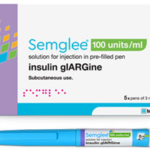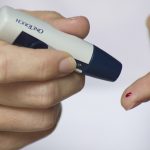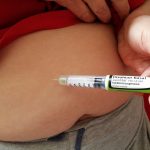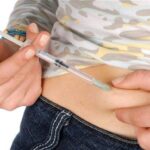Affordable Access to Vital Meds: Amazon Pharmacy’s Insulin Savings Strategy
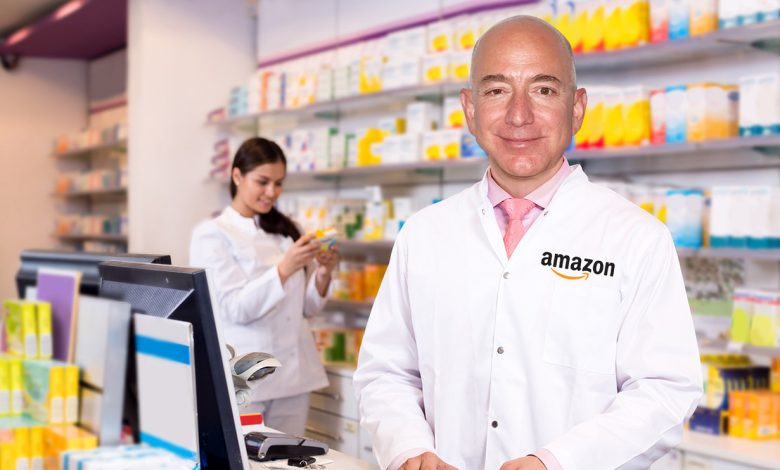
Amazon Pharmacy has taken a significant step towards enhancing accessibility and affordability for individuals managing diabetes by introducing a new initiative that provides automatic coupons on over 15 insulin and diabetes care brands. This strategic move, as outlined in an Amazon Pharmacy news release on August 15th, holds the potential to positively impact countless lives and streamline the process of obtaining vital medications.
The focal point of this initiative lies in the application of manufacturer-sponsored coupons, which are seamlessly integrated into the purchasing process. As customers proceed through the checkout process on Amazon Pharmacy’s platform, these coupons are automatically applied, thereby affording individuals a clear and transparent insight into the prices of insulin products. By offering a tangible view of the costs involved, Amazon Pharmacy enables customers to make informed decisions regarding their medication choices.
Prominent pharmaceutical companies such as Novo Nordisk, Eli Lilly, Sanofi, Dexcom, and Insulet have aligned themselves with this initiative by making their insulin products available through Amazon Pharmacy. This collaborative effort between Amazon Pharmacy and these esteemed manufacturers underscores the commitment to improving patient care and accessibility for diabetes management.
Vin Gupta, MD, the Chief Medical Officer of Amazon Pharmacy, expressed enthusiasm about the impact of this initiative from a healthcare perspective. He underscored how the provision of clear and upfront pricing for insulin prior to the pharmacy visit or interaction with a pharmacist is truly heartening. By granting patients visibility into the cost of their medication, they can more effectively plan their healthcare decisions. Additionally, if the cost does not align with their expectations, alternative options can be explored promptly, ensuring that patients are able to access medications that are both effective and affordable.
The significance of automatically applying these coupons reaches far beyond mere convenience. This seamless integration has the potential to enhance medication adherence, a crucial aspect of diabetes management. When patients are not burdened by unexpected costs, they are more likely to adhere to their prescribed regimens, resulting in improved health outcomes.
In essence, Amazon Pharmacy’s introduction of automatic coupons for insulin and diabetes care products represents a pioneering effort towards bridging the gap between medication accessibility, affordability, and patient care. By collaborating with prominent manufacturers and streamlining the purchasing process, Amazon Pharmacy stands to make a meaningful impact on the lives of individuals managing diabetes.

